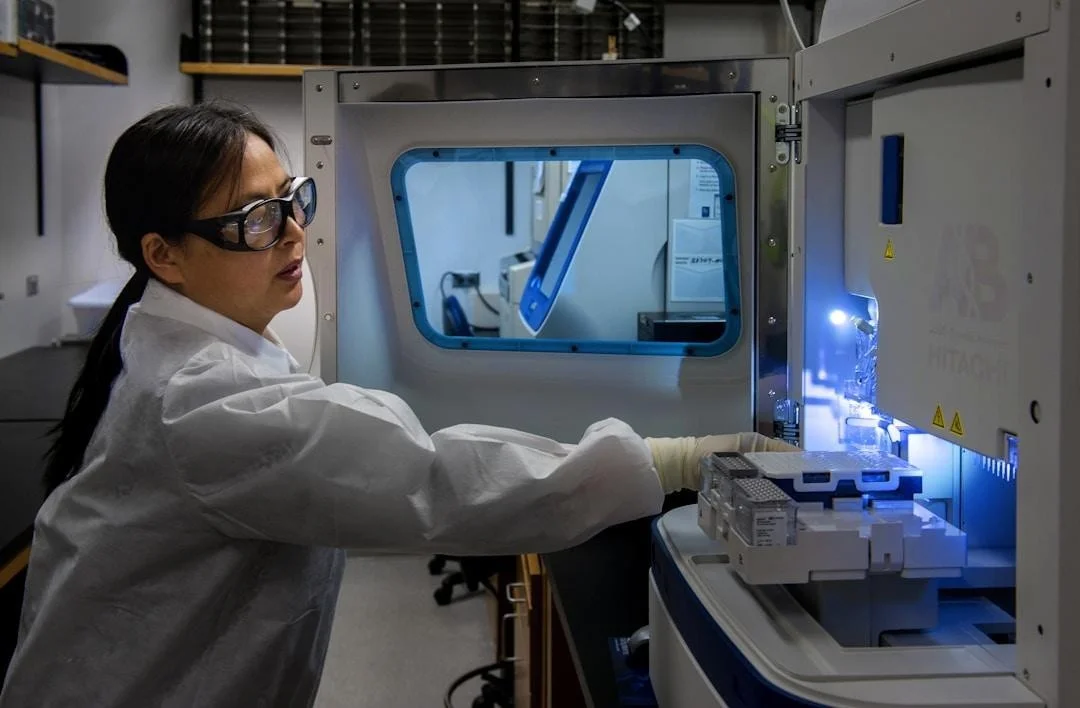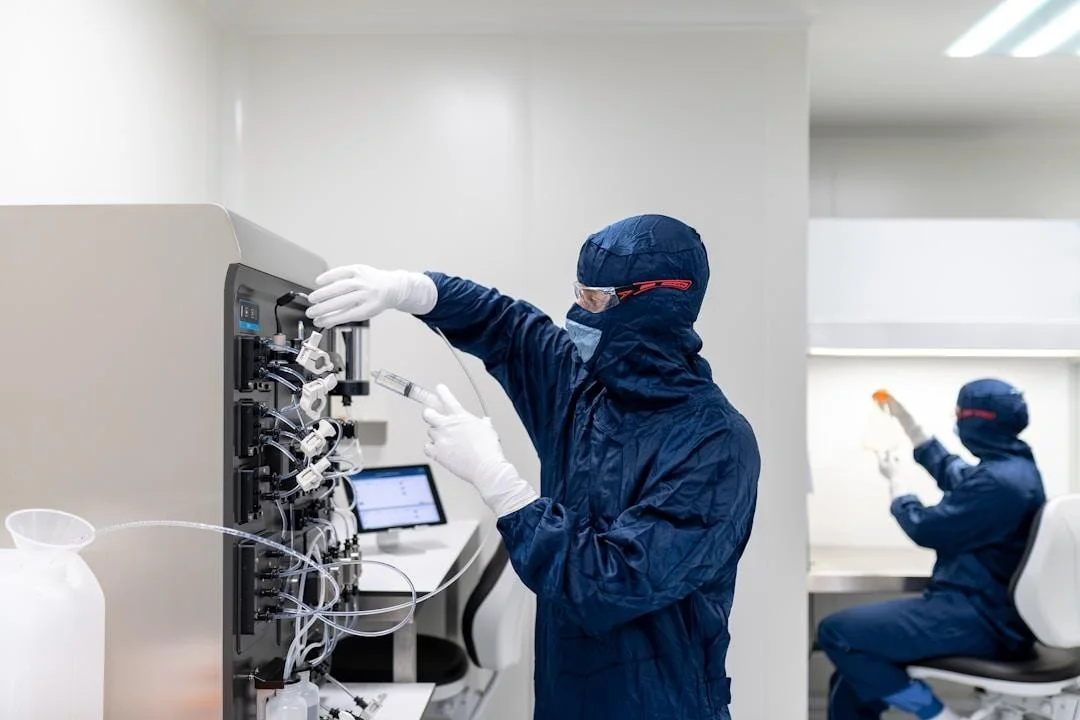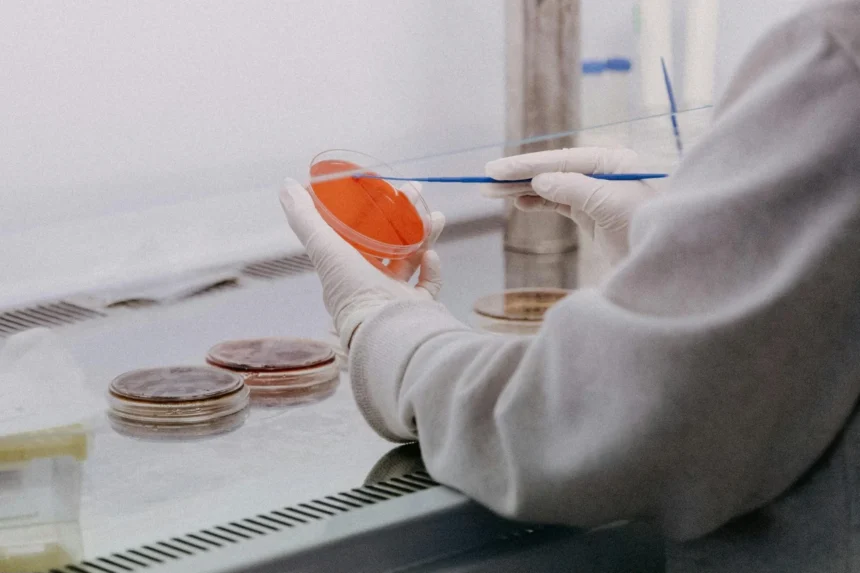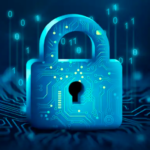Owning and running a successful laboratory involves a multifaceted approach, from equipping your space with the latest tools to hiring competent staff and managing your finances effectively. It’s a delicate balance that requires knowledge of industry regulations and an eye for innovation in laboratory processes. Whether starting a new lab or optimizing an existing one, understanding the essentials for success is crucial. In this article, we delve into various strategies and resources that can help make your laboratory a model of efficiency and excellence.
Essential Equipment for Modern Laboratories: From Basic to Advanced Tools

The quality and variety of laboratory equipment can significantly influence outcomes in scientific inquiry. Each device plays a crucial role in research and analysis, from centrifuges and spectrometers to microscopes and chromatographs. Investing in reliable and precise equipment is essential to ensure accurate results, whether for educational purposes, research, or clinical diagnostics.
However, owning top-notch equipment is just the beginning. Proper maintenance routines extend the lifespan of these tools and reduce the risk of downtime due to malfunctions. This includes regular calibration, cleaning, and software updates where applicable. Creating a schedule for these tasks helps maintain consistency and ensures equipment readiness.
More advanced equipment, such as PCR machines or next-generation sequencing devices, may be necessary for highly specialized tasks. Staying ahead of technology trends enables labs to offer cutting-edge services and remain competitive. Even with advanced tools, however, a back-to-basics approach emphasizing strong foundational elements is key to ensuring overall reliability.
Additionally, complementing these tools with robust network monitoring tools aids in preempting technical issues, optimizing workflow, and ensuring data integrity. As the reliance on digital connectivity and automation grows, the importance of network health in laboratory settings cannot be overstated.
Hiring and Training Staff for Laboratory Excellence: Best Practices

Competent and motivated personnel are the backbone of any successful laboratory. Hiring the right candidates starts with clearly understanding the lab’s needs and matching these with applicants’ specific skills and qualifications. Furthermore, it involves looking beyond credentials to assess soft skills and a candidate’s ability to adapt to your lab’s culture.
Once onboard, providing comprehensive training is crucial in developing staff competency and maintaining high standards of operation. Well-structured orientation programs and continuous professional development opportunities enhance staff skills and keep them updated on the latest laboratory techniques and safety protocols.
Encouraging staff members to pursue further education, such as a masters in medical laboratory science online, can also lead to a more knowledgeable and dynamic team. Supporting such endeavors demonstrates a lab’s commitment to its employees and overall improvement.
In addition, establishing clear paths for career advancement within the laboratory can improve staff retention and morale. When employees feel their growth and success are intrinsic to the
lab’s mission, their engagement and productivity can experience a significant uptick.
Financial Management for Labs: Budgeting and Funding Strategies
The financial health of a laboratory hinges on prudent budgeting and strategic investment. This entails thoroughly understanding fixed and variable costs, from rent and equipment purchases to consumables and staff salaries. With these insights, labs can develop a budget aligning with day-to-day needs and long-term objectives.
Securing funding is another critical aspect, especially for research laboratories reliant on grants and external financial sources. Crafting compelling grant applications and maintaining relationships with funding bodies are key to revenue continuity. Offering unique services or specialized testing can create additional income streams for private labs.
Cost containment should also be part of the financial strategy to ensure sustainability. This might involve bulk purchasing supplies, energy-efficient upgrades, or leveraging shared service agreements. A judicious approach to resource allocation contributes to the lab’s competitive edge by keeping operating costs in check without sacrificing quality.
Modern financial software can streamline accounting processes and provide real-time insights into the lab’s fiscal performance. Timely financial reports and forecasting are invaluable aids in decision-making, helping to anticipate future needs and direct investments appropriately.
Altogether, successfully owning and running a laboratory requires a well-rounded approach that combines effective equipment management, skilled staff, and sound financial practices. By focusing on these core elements, laboratories can achieve operational excellence and maintain long-term sustainability.





